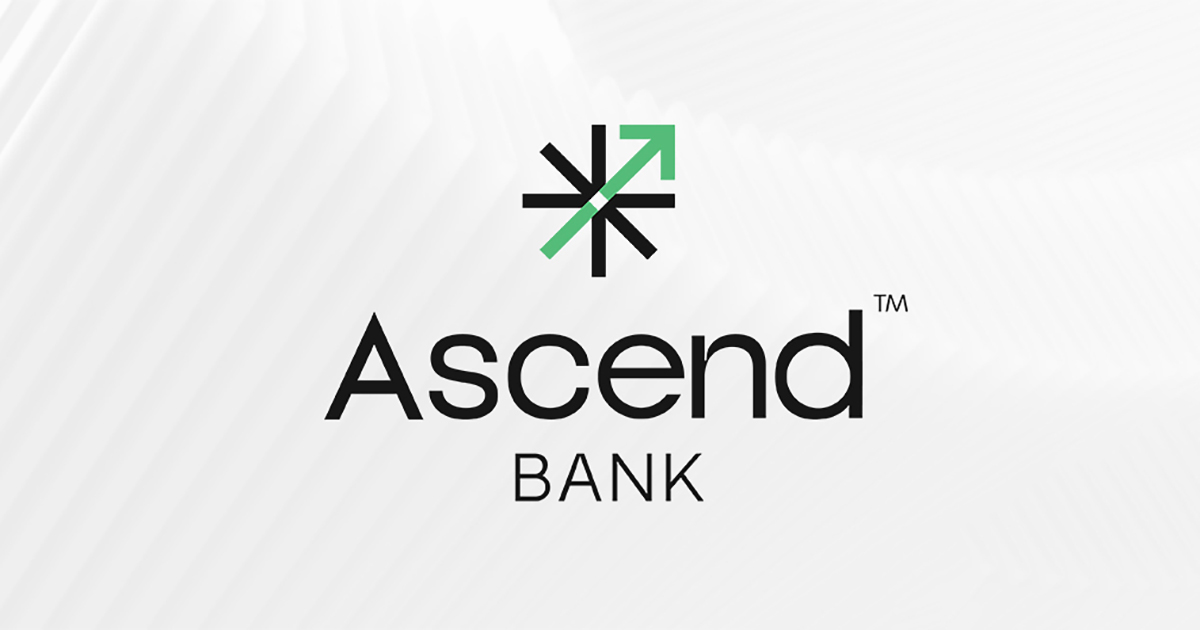
Navigating the Adjustable-Rate Mortgage Market: What You Need to Know
As a local Connecticut community bank committed to providing valuable financial guidance to our customers, we at GSB understand the importance of making the right decision when it comes to your mortgage. In today’s dynamic housing market, it’s more important than ever to fully understand your options. We’ve put together this detailed guide to help you navigate the key factors of adjustable-rate mortgages and equip you with the knowledge you need to make a confident mortgage decision.
Adjustable-rate mortgages (ARMs), also known as variable-rate mortgages, offer borrowers an alternative to traditional fixed-rate mortgages by featuring interest rates that can fluctuate over time based on market conditions. While ARMs provide initial lower interest rates compared to fixed-rate mortgages, they come with the potential for rate adjustments, which can impact your monthly mortgage payments and overall financial stability.
Defined: Adjustable-Rate Mortgage vs. Fixed-Rate Mortgage
When it comes to selecting a mortgage, one of the fundamental decisions borrowers face is choosing between an adjustable-rate mortgage and a fixed-rate mortgage. Each type of mortgage offers distinct features and benefits that cater to different financial preferences and objectives. Understanding the key differences and considerations between adjustable-rate mortgages and fixed-rate mortgages is essential for borrowers to make an informed decision that aligns with their financial goals. Let’s delve deeper into the comparison of adjustable-rate mortgages to fixed-rate mortgages to help you navigate this critical decision-making process.
Interest Rate Structure
Fixed-Rate Mortgage: A fixed-rate mortgage features a stable and unchanging interest rate throughout the entire loan term. Borrowers lock in a specific interest rate when they initially secure the mortgage, providing certainty and predictability in monthly mortgage payments. This structure ensures that borrowers’ payments remain consistent over time, making it easier to budget and plan for future expenses.
Adjustable-Rate Mortgage: In contrast, an adjustable-rate mortgage offers an interest rate that can fluctuate periodically based on market conditions. ARMs typically start with an introductory fixed-rate period, after which the interest rate adjusts periodically according to predetermined terms. While ARMs may offer lower initial interest rates compared to fixed-rate mortgages, borrowers face the risk of rate adjustments and potential payment fluctuations over time.
Rate Adjustments and Risk
Fixed-Rate Mortgage: With a fixed-rate mortgage, borrowers benefit from rate stability and protection against interest rate fluctuations. Regardless of market changes or economic conditions, the interest rate on a fixed-rate mortgage remains constant, providing borrowers with a sense of security and assurance in their mortgage payments. This stability is particularly valuable for borrowers who prefer a predictable and steady payment structure.
Adjustable-Rate Mortgage: On the other hand, adjustable-rate mortgages introduce variability and risk into the equation. After the initial fixed-rate period, the interest rate on an ARM can adjust based on specific terms, such as the index, margin, and caps. Borrowers face the possibility of rate increases, resulting in higher mortgage payments and potential payment shock. Assessing your risk tolerance and ability to manage potential rate adjustments is crucial when considering an ARM.
Cost Comparison
Fixed-Rate Mortgage: While fixed-rate mortgages typically offer higher initial interest rates than ARMs, they provide long-term rate stability and protection against rising interest rates. Borrowers who prioritize payment certainty and budget consistency may find fixed-rate mortgages appealing, as they allow for effective long-term financial planning and minimize the risk of payment fluctuations.
Adjustable-Rate Mortgage: Adjustable-rate mortgages often feature lower initial interest rates during the introductory fixed-rate period, potentially leading to lower initial monthly payments compared to fixed-rate mortgages. However, the variable nature of ARMs introduces uncertainty into monthly payments, as rate adjustments can impact the total cost of the loan over time. Borrowers considering an ARM should evaluate the potential savings versus the risks associated with interest rate fluctuations.
Financial Planning and Flexibility
Fixed-Rate Mortgage: Fixed-rate mortgages are well-suited for borrowers seeking stability and consistency in their mortgage payments over the long term. With fixed-rate loans, borrowers can budget effectively, plan for future expenses, and mitigate the impact of interest rate changes on their monthly payments. This stability can be particularly advantageous for homeowners with steady incomes and a desire for payment predictability.
Adjustable-Rate Mortgage: Adjustable-rate mortgages offer flexibility and potential cost savings for borrowers who are comfortable with rate adjustments and payment variability. ARMs may appeal to borrowers planning to sell or refinance their homes within a few years, as the initial lower interest rates can lead to reduced upfront costs and temporary payment savings. However, borrowers must weigh the benefits of initial savings against the risks of rate increases in the future.
Comparing Loan Terms and Objectives
Fixed-Rate Mortgage: Fixed-rate mortgages are ideal for borrowers seeking long-term stability, predictability, and peace of mind in their mortgage payments. Homebuyers planning to stay in their homes for an extended period, or those who prefer consistent payment structures, may find fixed-rate mortgages to be a suitable choice that aligns with their financial objectives and preferences.
Adjustable-Rate Mortgage: Adjustable-rate mortgages are suited for borrowers with shorter-term housing plans, varying financial circumstances, or a higher risk tolerance. Homeowners anticipating changes in interest rates, planning to relocate in the near future, or aiming to capitalize on initial cost savings may find ARMs to be a strategic option that meets their specific needs and goals.
By evaluating the distinctive features and trade-offs of each mortgage type, borrowers can make an informed decision tailored to their financial goals and circumstances. Whether opting for the stability of a fixed-rate mortgage or the flexibility of an adjustable-rate mortgage, borrowers should prioritize aligning their mortgage choice with their long-term housing plans, financial objectives, and comfort level with payment fluctuations.
Important Considerations for an Adjustable-Rate Mortgage
Adjustable-rate mortgages have grown in popularity in recent years. As of April 2023, ARMs accounted for over 18% of mortgages, up from a 10-year low of 4% in January 2021. If you are leaning towards an ARM for your home loan, here are some essential considerations to bear in mind:
- Introductory Fixed Rate Period
Adjustable-rate mortgages typically begin with an introductory fixed-rate period, during which your interest rate remains constant before potentially adjusting. This initial period, often ranging from one to ten years, offers borrowers a stable and predictable payment structure, providing an opportunity to benefit from lower interest rates initially.
- Adjustment Period and Index
Following the introductory fixed-rate period, the interest rate on an ARM can adjust periodically based on specific terms outlined in the loan agreement. The adjustment period, typically occurring annually, biannually, or every five years, determines how often your interest rate can change. Additionally, ARMs are linked to a specific financial index, such as the SOFR or the Treasury index, which serves as the benchmark for adjusting the interest rate.
- Margin and Interest Rate Caps
In addition to the index, the lender applies a margin—a predetermined amount added to the index rate—to calculate the new interest rate. Understanding the margin is crucial, as it influences how much your interest rate can adjust during each period. Furthermore, adjustable-rate mortgages often feature interest rate caps, which limit the maximum amount by which your interest rate can adjust, providing borrowers with protection against drastic rate increases.
- Payment Shock and Risk Considerations
One of the significant risks associated with adjustable-rate mortgages is the potential for payment shock, where a substantial increase in interest rates leads to a significant rise in monthly mortgage payments. Assessing your risk tolerance, financial stability, and ability to manage potential payment increases is critical when considering an ARM. Evaluating worst-case scenarios and understanding how your budget may be impacted by rate adjustments can help you prepare for potential changes in your mortgage payments.
- Financial Planning and Long-Term Considerations
Before opting for an adjustable-rate mortgage, consider your long-term financial plans, housing goals, and timeline for staying in your current home. Assess whether the flexibility and potential cost savings of an ARM outweigh the uncertainties and risks associated with variable interest rates. Developing a comprehensive financial plan and considering how an adjustable-rate mortgage fits into your overall financial strategy can guide you in making a sound and strategic mortgage decision.
Mortgage Guidance and Expert Advice
Navigating the adjustable-rate mortgage market can be complex and challenging, especially for first-time homebuyers or borrowers seeking mortgage refinancing. Guidance from an experienced mortgage professional from GSB’s Lending Center can provide you with personalized advice, tailored solutions, and expert insights to help you make informed decisions regarding your mortgage options. Our mortgage specialists are here to answer your questions, provide clarity on all types of mortgages, and empower you to navigate the mortgage market with confidence and peace of mind.
Navigating the adjustable-rate mortgage market requires a thorough understanding of the features, risks, and considerations associated with ARMs. At GSB, we are committed to serving as a trusted resource and partner in your mortgage journey, offering personalized support, tailored solutions, and expert advice to guide you through the complexities of the home loan process. Schedule a virtual meeting with one of our lending professionals today. We’re here to help make an informed decision, find confidence in your choice of mortgage, and embark on your homeownership journey with clarity and certainty.



